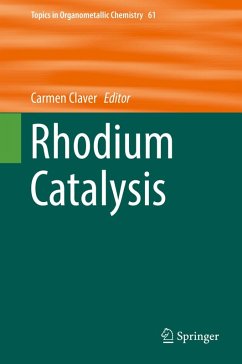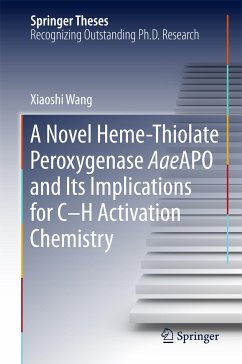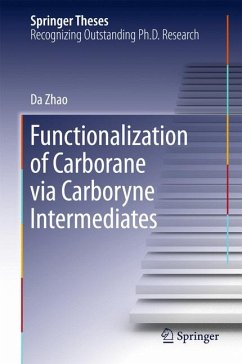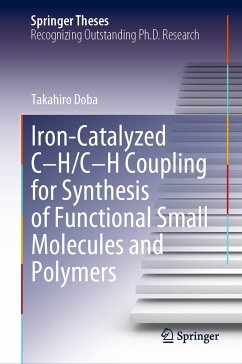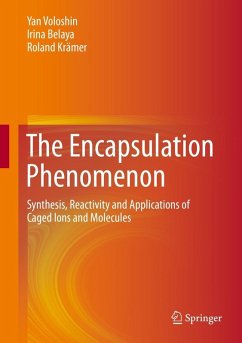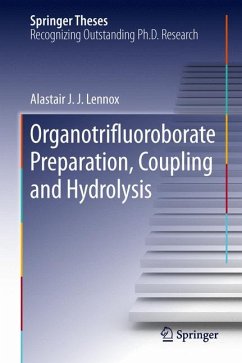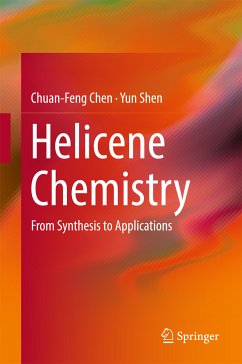
Chemistry of Thioamides (eBook, PDF)
Versandkostenfrei!
Sofort per Download lieferbar
72,95 €
inkl. MwSt.
Weitere Ausgaben:

PAYBACK Punkte
36 °P sammeln!
The first monograph on thioamides, describing their synthetic methods, behavior, and characteristics
Written by experts in each field dealt with in the book
Covers not only fundamental aspects but also their applications as synthetic key substrates as well as their biological aspects
Written by experts in each field dealt with in the book
Covers not only fundamental aspects but also their applications as synthetic key substrates as well as their biological aspects
Dieser Download kann aus rechtlichen Gründen nur mit Rechnungsadresse in A, B, BG, CY, CZ, D, DK, EW, E, FIN, F, GR, HR, H, IRL, I, LT, L, LR, M, NL, PL, P, R, S, SLO, SK ausgeliefert werden.



